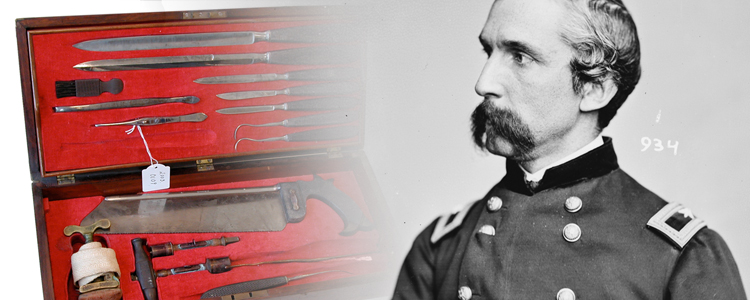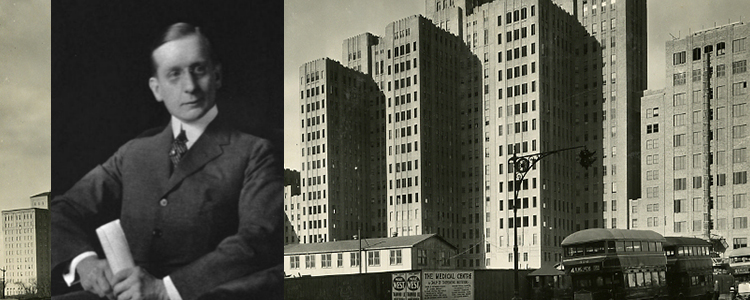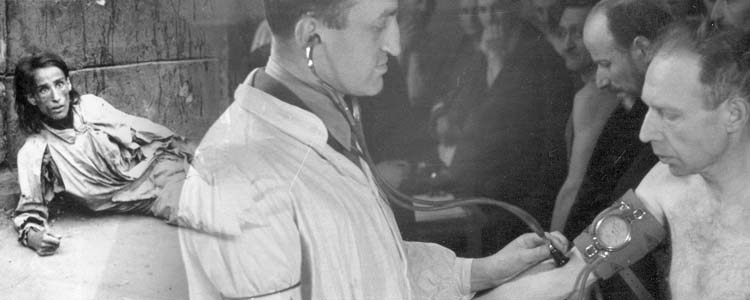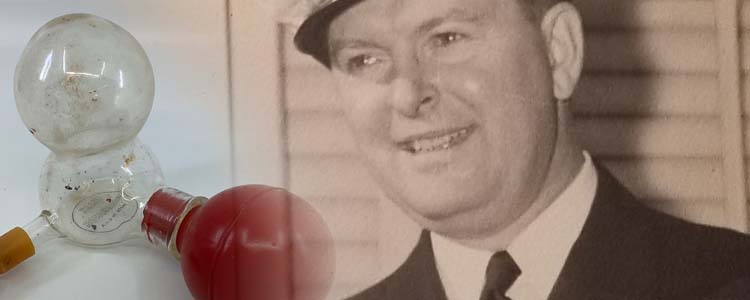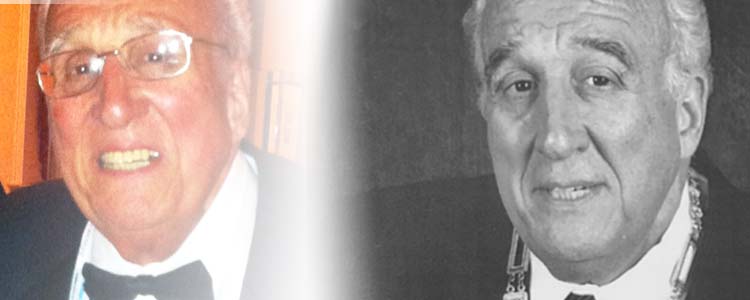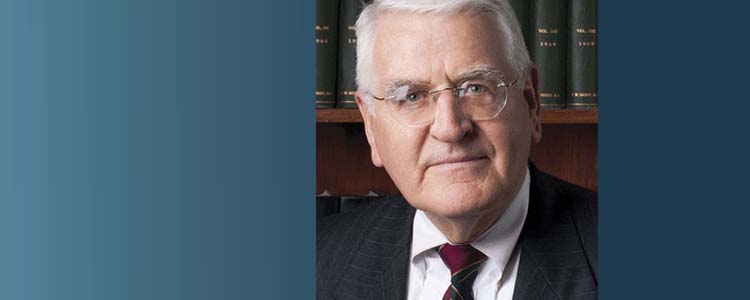AUA HISTORY EXHIBIT
Urologic Injuries in the American Civil War
Civil War surgeons cared for wounded men without intravenous fluids, blood products, antibiotics, sterile equipment, monitoring gauges, or x-rays. They operated outside, in field tents, or in general hospitals (when it was often too late), using crude instruments under inadequate lighting, without trained anesthesiologists or nurses, and without fresh water for hand washing or hydration.
Read MorePublic Service and J. Bentley Squier
As the COVID-19 pandemic descended on New York City, members of Columbia’s Department of Urology were among the first to volunteer to help our colleagues in the ICU and Emergency Department. The model for this kind of dedicated public service was first set by Dr. J. Bentley Squier during World War I. Squier, then our department’s chair, anticipated the worst…
LEARN MOREThe Hunger Disease Study in the Warsaw Ghetto
Against starvation, the physicians had no remedy other than food, and that was not to be had. All they could do was study the famine-stricken. They decided to use the horrors of their daily existence to advance medical science, a touching demonstration of faith that humane studies would survive the war.
LEARN MOREWILL THIS BE HISTORY?
September 11, 2001 and COVID-19
Like September 11, 2001 which permanently changed everyone’s lives through enhanced security measures, the lives of all are forever altered by this Corona virus. Covid-19 viral transmission prevention will not pass and will become a living history through more guarded social interaction. Reg Bruskewitz, MD
LEARN MORE2020 AUA Forum on the History of Urology
The 2020 History of Urology Forum was a banner year for history with the largest collection of History podium and poster presentations chosen from the greatest number of submissions.
LEARN MORERESIDENTS' CORNER
Milo Ellik, Designer of the Ellik Evacuator
The “Ellik Evacuator” has gained widespread recognition as an indispensable tool in the arsenal of urologic surgeons around the world ever since its invention by Milo Ellik in 1937. Ellik (pronounced ee-lick according to family) designed the device to retrieve resected tissue from the bladder, including bladder tumor, prostate chips, and stone fragments as a great advancement upon an earlier version by HJ Bigelow.
LEARN MOREOBITUARY
Frank J. DeSantis (October 1932 – April 2020)
The DeSantis Family: It is with a very heavy heart we inform you of the passing of our father, Frank J. DeSantis, CAE, Executive Director of the WSAUA for 53 years and Executive Director Emeritus for 2 years.
LEARN MOREOBITUARY
Howard M. Snyder III, MD (August 1943 – June 2020)
Doug Canning, MD: In the operating room, his students remember him for his ability to break the most complex surgery down to hundreds of steps, and his ability to talk throughout an entire eight hour case seemingly without ever stopping for breath. And generations of surgeons call him their mentor.
LEARN MORE
